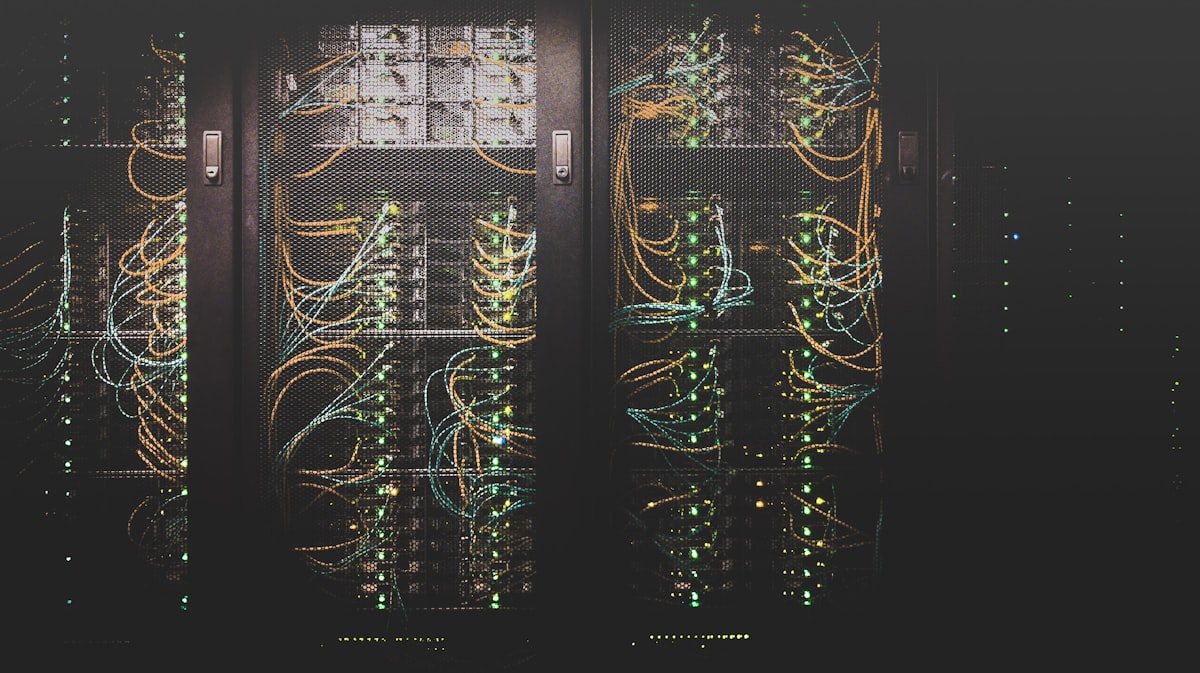Microservices vs Monoliths: Architecture Decision Guide
Make informed architecture choices based on your organization’s needs and constraints.
Monolithic Architecture
Definition: Single deployable unit, tightly coupled components, shared database
Advantages:
- Simpler to develop initially
- Easier debugging and testing
- Single deployment
- Better performance (no network calls)
- Easier transaction management
Disadvantages:
- Tight coupling limits flexibility
- Scaling means scaling everything
- Technology stack locked in
- Large codebase harder to maintain
- Deployment risk increases over time
Microservices Architecture
Definition: Independent services, loosely coupled, own databases, communicate via APIs
Advantages:
- Independent deployment and scaling
- Technology flexibility per service
- Team autonomy
- Fault isolation
- Easier to understand individual services
Disadvantages:
- Increased complexity
- Distributed system challenges
- Network latency and reliability
- Data consistency harder
- More operational overhead
When to Choose Monolith
- Small team (under 10 developers)
- Simple domain
- Early-stage product
- Limited DevOps maturity
- Clear bounded context
- Performance critical
When to Choose Microservices
- Large team (over 20 developers)
- Complex domain with clear boundaries
- Need independent scaling
- Different technology requirements
- Mature DevOps practices
- Frequent deployments required
Migration Strategies
Strangler Fig: Incrementally replace parts of monolith Branch by Abstraction: Abstract functionality, swap implementations Extract Service: Pull out bounded contexts gradually Database Decomposition: Split data, manage consistency
Design Considerations
Service Boundaries: Domain-driven design, business capabilities, bounded contexts Communication: Synchronous (REST, gRPC), asynchronous (events, messaging) Data Management: Database per service, eventual consistency, sagas for transactions Deployment: Containerization, orchestration (Kubernetes), CI/CD pipelines
Common Patterns
API Gateway: Single entry point, routing, authentication, rate limiting Service Mesh: Traffic management, observability, security, resilience Event Sourcing: State as event log, audit trail, temporal queries CQRS: Separate read/write models, optimized queries
Challenges & Solutions
Distributed Transactions: Use sagas pattern, compensating transactions Data Consistency: Eventual consistency, event-driven updates Service Discovery: Consul, Eureka, Kubernetes DNS Configuration Management: Centralized config server, environment variables Monitoring: Distributed tracing, centralized logging, APM tools
Testing Strategy
Unit: Test individual services Integration: Test service interactions Contract: Verify API contracts End-to-End: Full system testing Chaos: Test failure scenarios
Organizational Impact
Team Structure: Aligned to services, cross-functional, DevOps culture Communication: More coordination required, clear APIs/contracts Skills: Distributed systems, operations, multiple tech stacks Governance: API standards, data ownership, security policies
Hybrid Approaches
Modular Monolith: Well-structured monolith with clear boundaries Mini-Services: Fewer, larger services instead of micro Gradual Migration: Start monolith, extract services over time
Decision Framework
- Assess team size and maturity
- Evaluate domain complexity
- Consider operational capabilities
- Review technology constraints
- Analyze scaling requirements
- Factor in deployment frequency
- Consider organizational culture
Best Practices
Microservices:
- Design around business capabilities
- Decentralize data management
- Automate deployment
- Design for failure
- Monitor everything
Monolith:
- Maintain clear module boundaries
- Use dependency injection
- Keep layers separated
- Document architecture decisions
- Plan for potential extraction
Bottom Line
Neither architecture is universally better. Monoliths excel for small teams and simple domains. Microservices enable scale and autonomy but add complexity. Start simple, evolve as needed.



